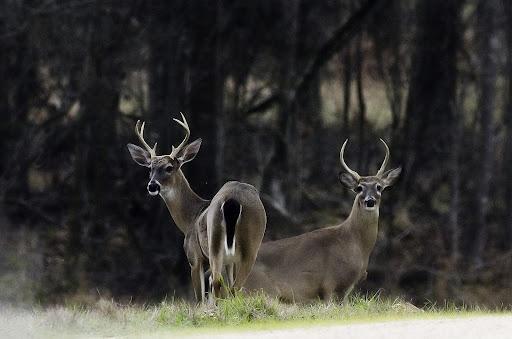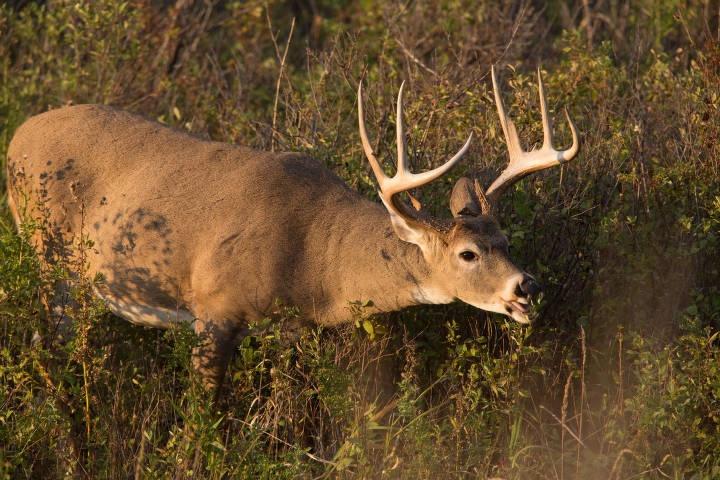Mississippi is currently experiencing a record-high white-tailed deer population across several regions of the state, leading wildlife officials at the Department of Wildlife, Fisheries and Parks to formally request that hunters harvest one more deer on average.
The number of deer each individual is allowed to harvest per season, known as a bag limit, remains the same. MDWFP Deer Program Coordinator William McKinley says the idea is to encourage hunters to fulfill more of that limit and help control numbers.
Hunters in Mississippi have typically harvested 2 to 2 1/2 deer per season. But in recent years that figure has dropped to below 1 1/2 deer, and the statewide herd has risen significantly.
McKinley says the exact reason for that is unknown. But MDWFP data show that while the actual amount of deer being harvested has dropped far too low, hunting license applications have remained around the same levels as previous years.
“When we look at big picture numbers and we've got a population estimate, it seems that around 21 to 22% is around the target goal that keeps a deer herd level, meaning we need to harvest around 21 to 22% of the total population estimate annually,” he said.
“And deer will replace that and there will be just the same number of deer next year. Well, the past few years that's fell all the way down to 14% of the herd. Our harvest estimates compared to our population estimates now are showing that we're harvesting around 14 to 15% of the population – well below what it would take to keep the population level.”
At hand in those regions where overpopulation exists are possibly profound ecological effects. A majority of Mississippi’s white-tailed herd lives in the southwest, central and Delta regions of the state, but are also growing in number in the southeast.
Much of the Delta and southwest Mississippi makes up the Mississippi Flyway, a migration route that serves the seasonal migration of more than 325 bird species from the northernmost point in the Western Hemisphere to the southernmost.
As keystone herbivores, deer, when overpopulated, are known to virtually eliminate plants from a given landscape through grazing. In Mississippi, white-tailed are particularly fond of strawberry bush and red mulberry, both of which McKinley says have taken fairly big hits since the herd began to grow.
“Let's look at small mammals and ground nesting birds. Low nesters like a lot of the migrants that come through, the warblers, the tanagers, a lot of those birds nest chest-to-shoulder high and down, and deer, once overpopulated, are eliminating all of the vegetation in those areas,” said McKinley. “So small mammals, ground nesting birds depend on cover and an overpopulation of deer can remove that cover. They can actually remove the seed base of that if left overpopulated for a long period of time.”




